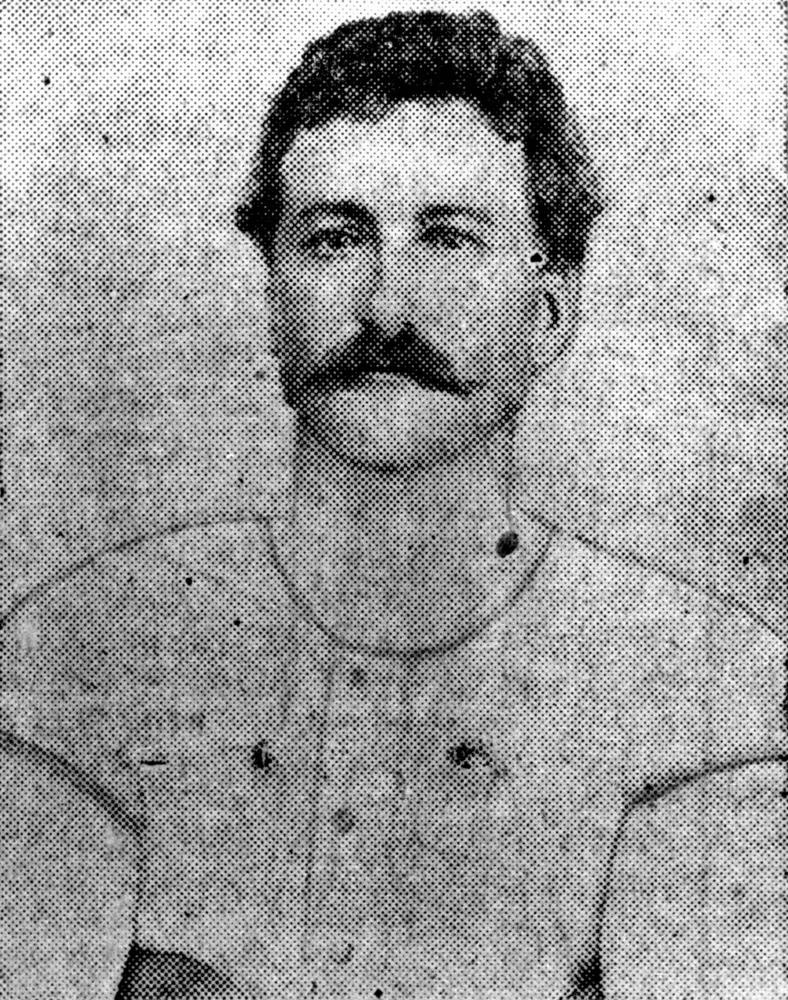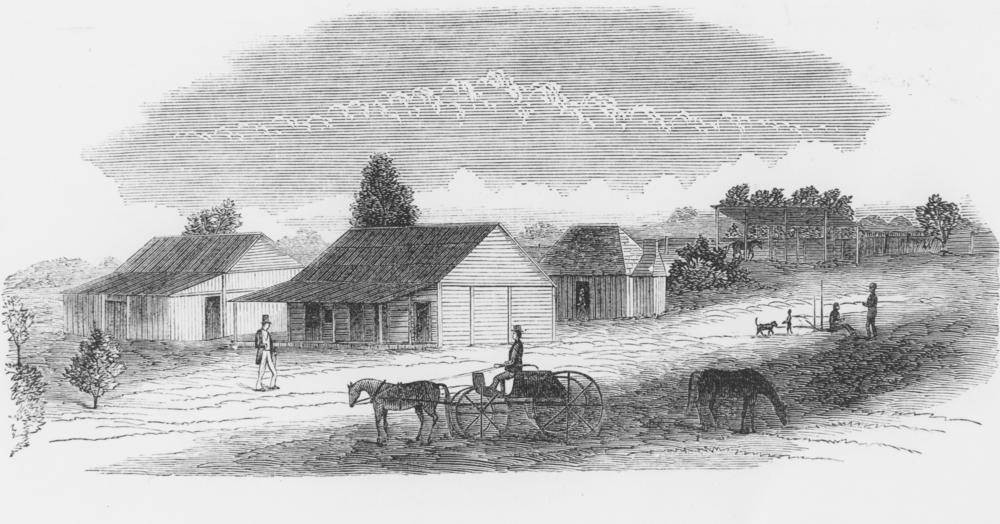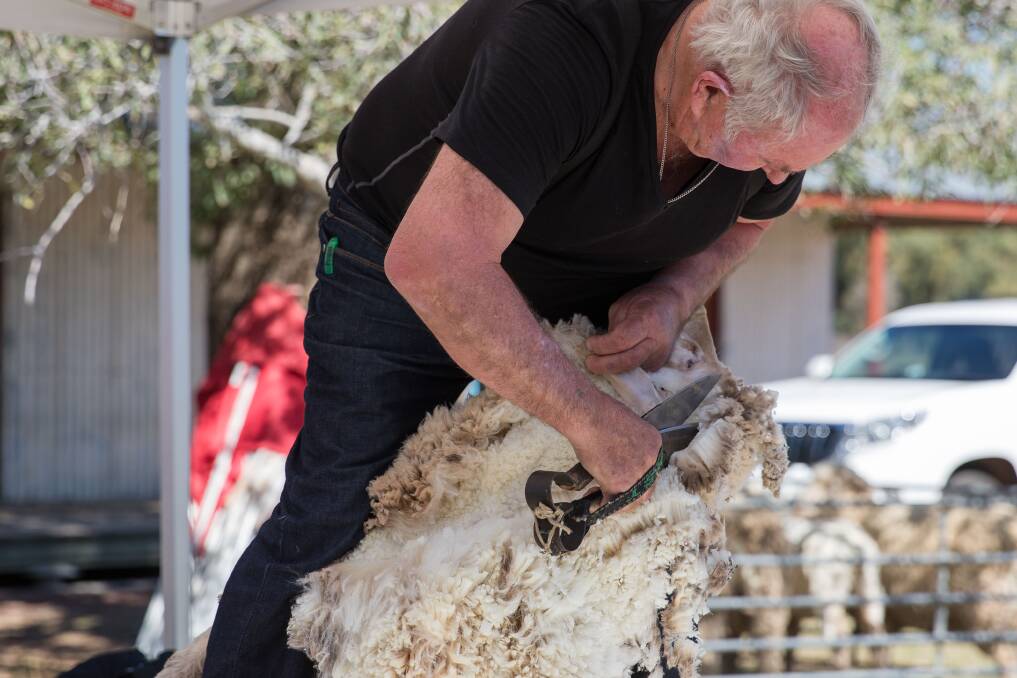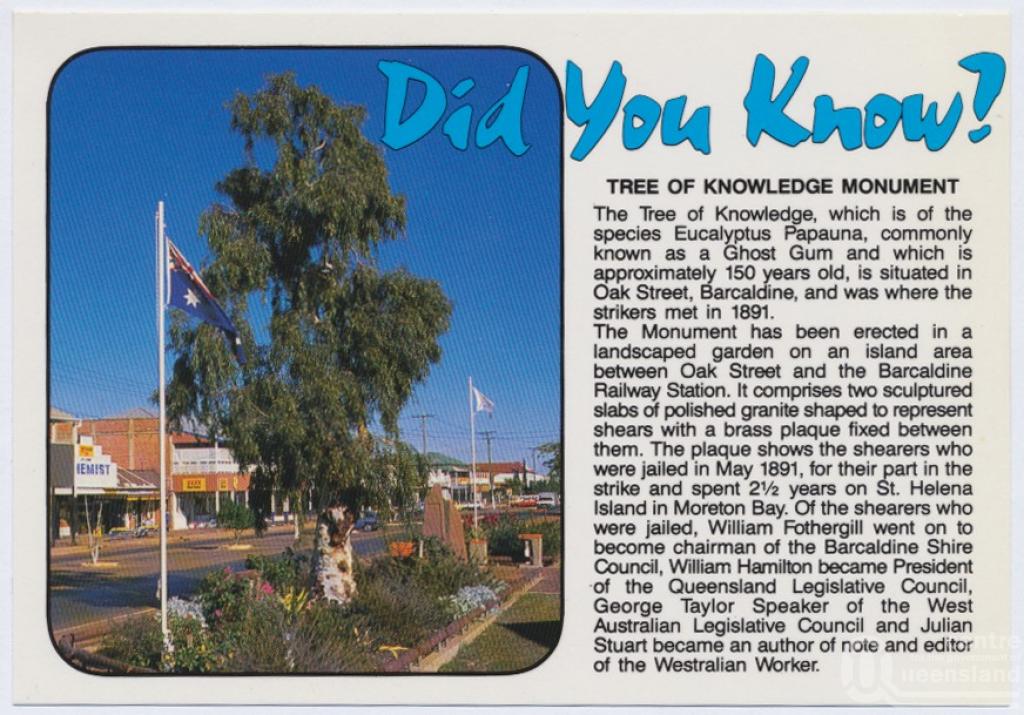In the midst of the most terrible time in our history, even worse than Whitlam or WW2, our country is crying out for a Moses to emerge and lead us out of the wilderness. I rate our present plight as worse than WW2 because at least in that era we were all pulling together for the sake of Australia.
This cannot be said today. Leading up to Federation we had such a man. Someone whose name is probably unfamiliar.
Yet, it was people like him who created the Australia that we knew and loved. A country that gave us pride and showed us that a strong back and a good work ethic could start a revolution.

Portrait of John (Jackie) Howe, 1861-1920. John Oxley Library, State Library of Queensland. Neg 67491.
Some of you might have heard of a man named Jack Howe. He was a shearer whose legacy surrounds us today in all manner of strenuous physical undertakings. It is the navy blue singlet invented by and known as The Jackie Howe singlet which is seen on building sites, farms and at any manly outdoor undertaking or on the bodies of lesser men who want to look like real men.
Jackie Howe was the Blade Shearing Champion of Australia, the Colonies and the World. He set the record at “Alice Downs” station near Blackall on 10th October, 1892. At that time the standard working week for shearers was 44 ½ hours and in that time he put up a tally, with blades, 1,437 sheep for the preceding week.

Alice Downs Station Barcoo 1878

Barry and Jenny Muir with the Jackie Howe memorial in Blackall (Jenny is Jack's granddaughter). ( - ABC Local)
I have put this video in because it shows the area of Blackall and does have a look at the Jackie Howe statue. Makes me want to become a grey nomad!
On the Saturday half day he tallied 144 sheep and the talk around the sheds, pubs and bars was that by doubling that for a full day you got to 288 sheep, only 12 short of the magic 300. Shearing 300 sheep in a day was the equivalent then of the 4 minute mile or a 10 second 100 metres.

Click go the shears: New Zealand blade shearing legend, Peter Casserley, showing his skill at the Blackall Woolscour. Picture: Lisa Alexander Photography.
One sceptic stated that Jack would never achieve the magical 300 sheep per day. “Alice Downs” was a very big property. It was nominally 10,000 square miles and was carrying 213,222 sheep. 26,751 were sold off leaving 186,471 for the shearers. The shed had 47 stands and the shearing was entering its 11th week. There were two weeks of shearing left and the consensus was that the shearers would be so exhausted that nobody could physically achieve the magic 300.

Men shearing sheep - Outback Queensland
Jack took up the challenge and the word was passed around so that many shearers and serious punters were putting their money on the outcome. In those days shearers had to abide by strict rules as to handling of the sheep and the quality of their cutting. If they failed their tallies were docked. One of the rules at the time was that the sheep had to be carried to the stand, not dragged like they are today. A substantial physical effort. There was a “boss of the board” who supervised what was going on and ensured that all rules were followed.
For those who have never been to a shearing shed
Jack started the day at the official start time and by mid-afternoon it was clear that he was going to break 300. A number of shearers and onlookers who stood to lose money on their bets tried to interfere with him to slow him down but to no avail. After 7 hours and 40 minutes Jack had shorn 321 sheep and the mob said “You have done enough” and they knocked off 20 minutes before the knock-off bell.
This record has never been broken and with blade shearing a thing of the past is unlikely to. Jack tried his hand at machine shearing later that same year at “Barcaldine Dons” where he shore 237 sheep in one working day. His blade record was not beaten by machines until 1950 when Ted Riech shore 326 sheep in 7 hours and 48 minutes at “Brinard” near Julia creek. This was beaten again when Kevin Sarre shore 327 sheep in 7 hours and 40 minutes at “Hopefield Estate”, Pyramid Hill, Victoria in 1957.
Shearing is a single man’s job. At the age of 39 Jack decided to give shearing away and bought the Universal Hotel at Blackall. He sold that in1902 and took on the Barcoo Hotel until 1907, repurchased the Universal Hotel and remained there until 1919.
Barcoo Hotel
Jack had been an officer of the Queensland Shearer’s Union from 1887 until 1892. When he took over the Universal Hotel he became acquainted with T.J.Ryan who later became Premier of Queensland. Jack took his role in the union seriously because, as a working shearer, he was aware of the poor conditions that shearers worked under. He did not condone the strike of 1891 stating that confrontation would achieve very little.

Another strike was called in 1894. Jack spoke strongly against it at a meeting at Blackall on the grounds that the graziers had started shearing early in anticipation of another strike and half the sheds had completed the season’s shearing. The vote to strike was carried 75 votes to 19. The strike failed for these reasons.
Jack supervised the amalgamation of several Queensland unions and became president of the Workers Political Organisation in Blackall. T. J. Ryan was a lawyer and a good friend of Jack. Ryan lost his political endorsement for the Queensland parliament as a result of a dispute between the Blackall and Barcoo branches of the Labour Party. Jack invited Ryan to stand as a candidate for preselection and with the WPO support, won the vote. At the time, Ryan was handling a case defending wrongful dismissal of two shearers at the court in Rockhampton and could not attend personally to his election campaign. Jack Howe undertook this task and due to his influence and popularity Ryan gained the seat for the Labour Party as the member for Barcoo. In 1915 Labour won the elections by a landslide and Ryan became premier.

TJ Ryan
Ryan took a strong stand against conscription in both referendums on the point. Ryan maintained that “The principle of Conscription is initself a species of slavery and it must never be allowed to take root in free Australia”
In 1919 Jack’s health started to fail. His naturally big frame became fat and stout. He retired to his property “Sumnervale” and died at Blackall Hospital on 21st July, 1920. His funeral was a very big affair and marked by an epitaph from T.J. Ryan “I have lost a true and trusted friend and Labour has lost a champion”.
Apart from his shearing record, the lasting memorial to Jack Howe is the Jackie Howe Singlet.

Shearers, and other workmen, of the day normally wore heavy flannel shirts with long sleeves rolled up to the elbow. These were a constant nuisance getting tangled in horns and hoofs. Flannel was used because the men believed that it absorbed the perspiration and saved them from getting chills.
Jack, through his dressmaker wife, Victoria, designed a short sleeved shearing singlet. Another manufacturer modified it again by removing the sleeves and using navy coloured cotton. They called it the Jackie Howe. The singlets did not come into use until after Jack’s death and his daughter took offence to the point of threatening legal action. She thought it was derogatory to his name. She was eventually persuaded not to issue legal proceedings.
It is therefore quite a conundrum that the figure after whom the singlet is named never wore it.
The video above is factually a little short on the truth but the sentiments expressed are worth celebrating.
This part 3 of the series
Part 1
Part2
BLOG COMMENTS POWERED BY DISQUS



















































